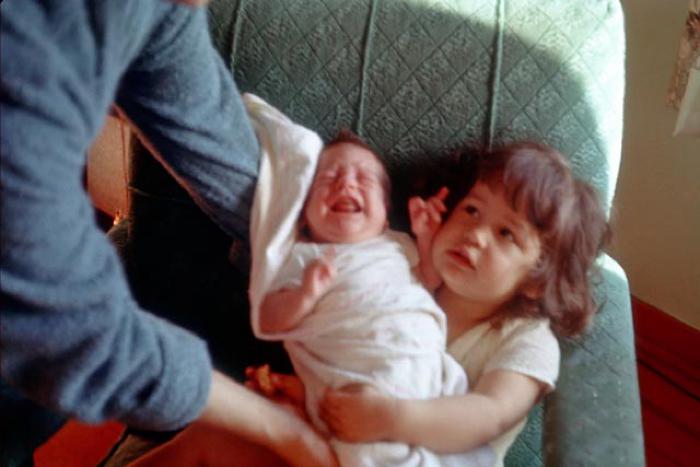Midwife — Paapuskaaq

Each Alutiiq community had at least one midwife, a healer versed in herbal medicines and the arts of bloodletting, surgery, and childbirth. Appointed by her community at a young age and apprenticed to an older midwife, this woman tended the sick, provided prenatal care, and delivered babies. Midwives are remembered fondly for their great knowledge, kindness, and ability to help people.
Healers were believed to have spiritual powers. In addition to learning skills from older women, they were imbued with special knowledge. They simply knew how to diagnose and treat illness—a divine gift. Women worked with their hands to locate sickness and used herbs, steam baths, and touch as therapies. But they were also recognized as helpers for offering domestic assistance. After the birth of a baby, for example, a midwife often stayed in the new mother’s home to help with chores for several weeks.
Midwives delivered most of the babies born in Alutiiq communities until the 1950s when western practitioners began urging expectant mothers to deliver in hospitals far from home. Today, the role of midwife has evolved into the publically funded position of community health aide (CHA). CHAs work as liaisons between their villages and the western medical world. Most are women, and many are descended from traditional healers.
